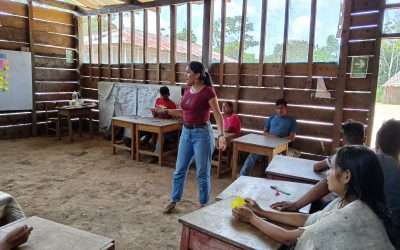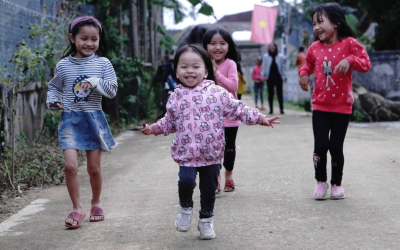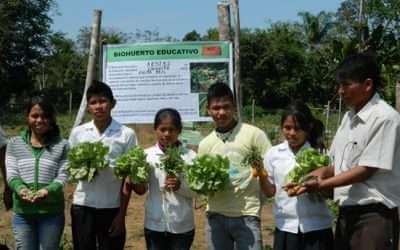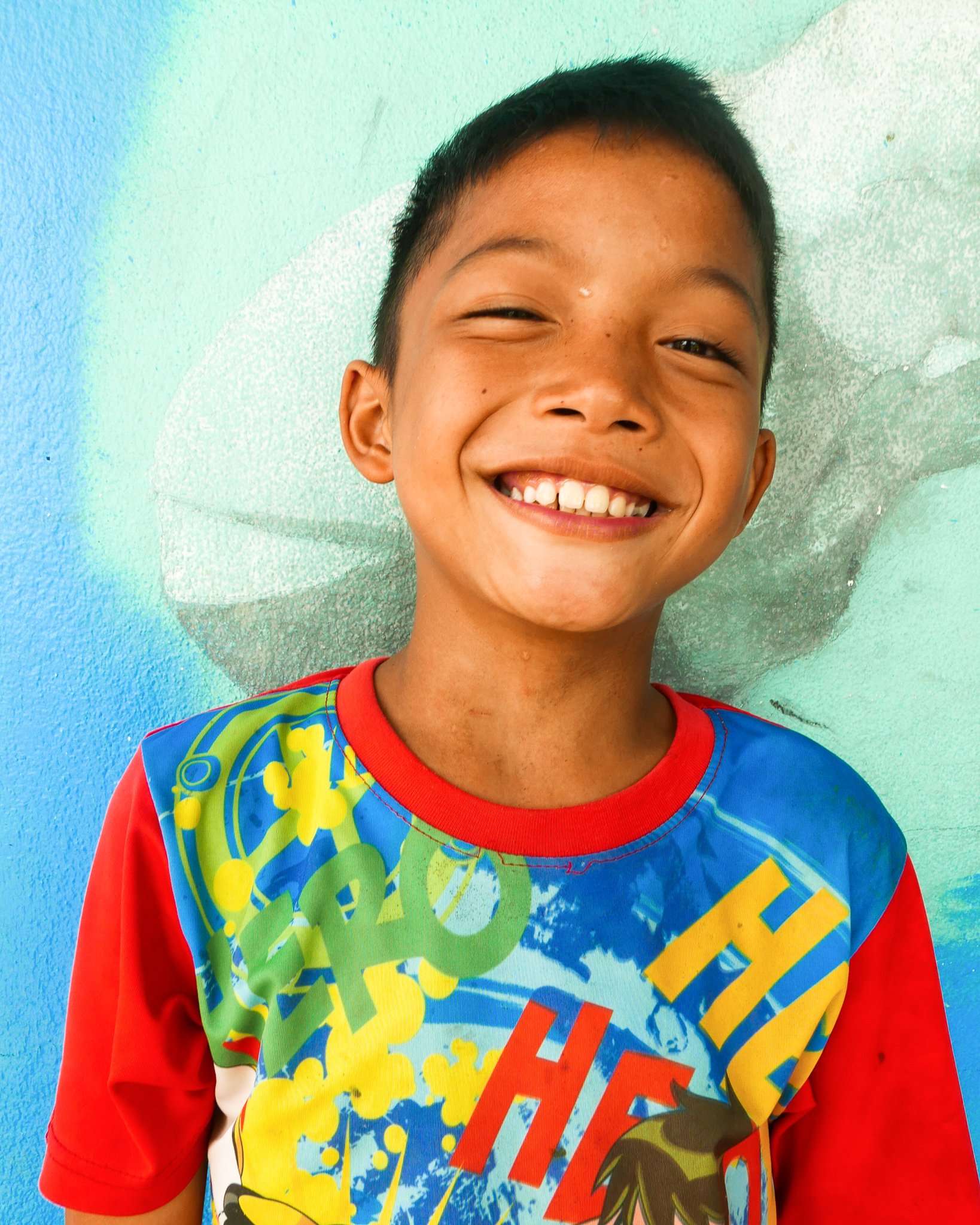Background
It is estimated that in 2014, 66,300 people were living in slavery in Peru. Trafficking takes on many forms, often dependent on the region of Peru – in the jungle, there is forced labor in gold mining camps and in brothels targeting miners; in Lima, there is forced begging, sex work and drug trafficking; in the mountains, traffickers will use the outdated Padrino system to trick trusting parents into giving away their children.
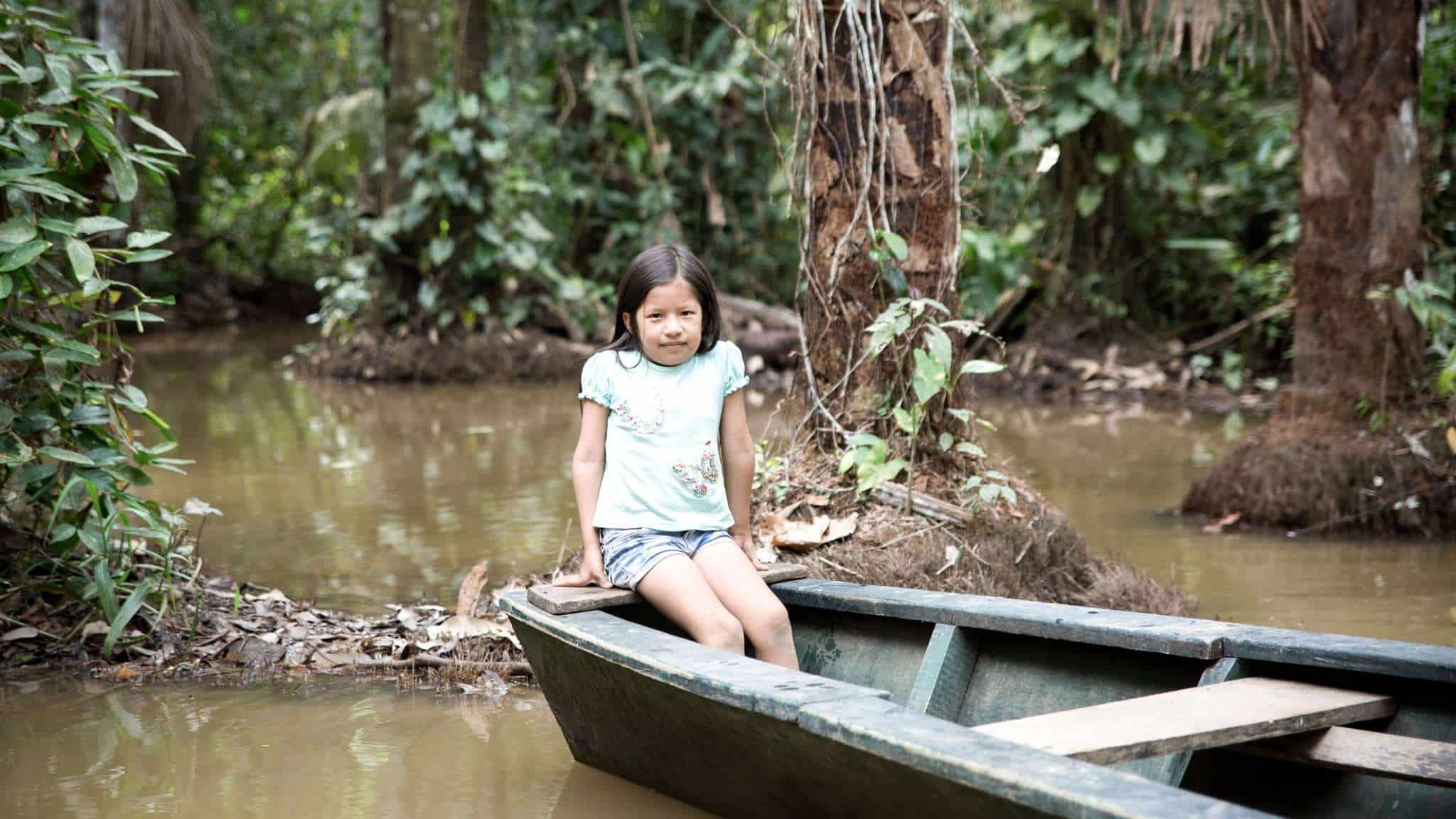
New Updates
How You Help Transform Lives
Dear Not For Sale Friend & Supporter, As we...
Fighting Human trafficking with Not for Sale
Types of Modern-day Slavery and Human...
Empowering Change: Aydee Chaeta’s Inspiring Journey
In the heart of Madre de Dios, a region of the...
Our Mission and Purpose
To provide safe economic opportunities and reduce the number of adults and children becoming trafficking victims out of desperation for employment. To improve the likelihood that children stay in school.
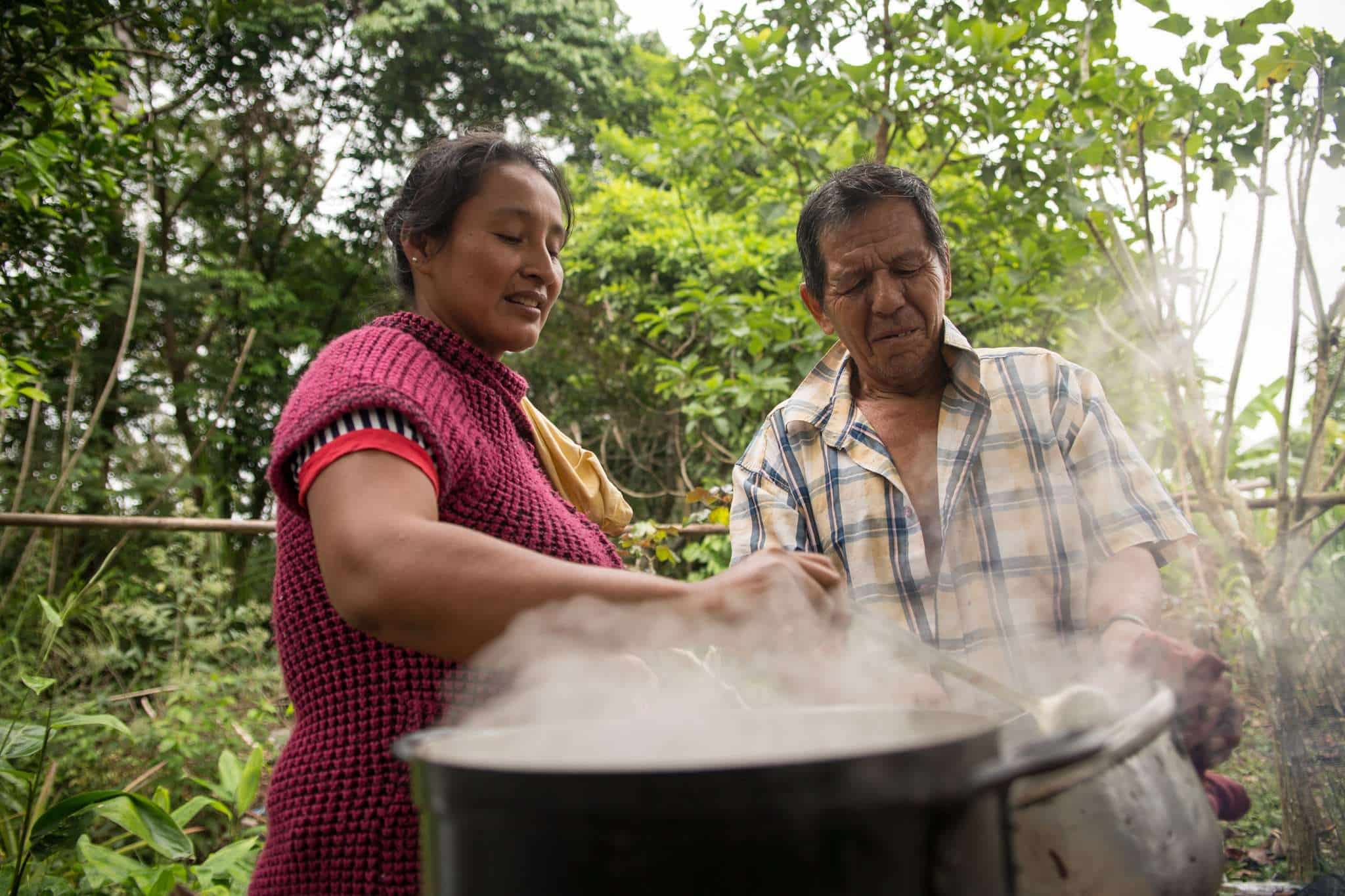
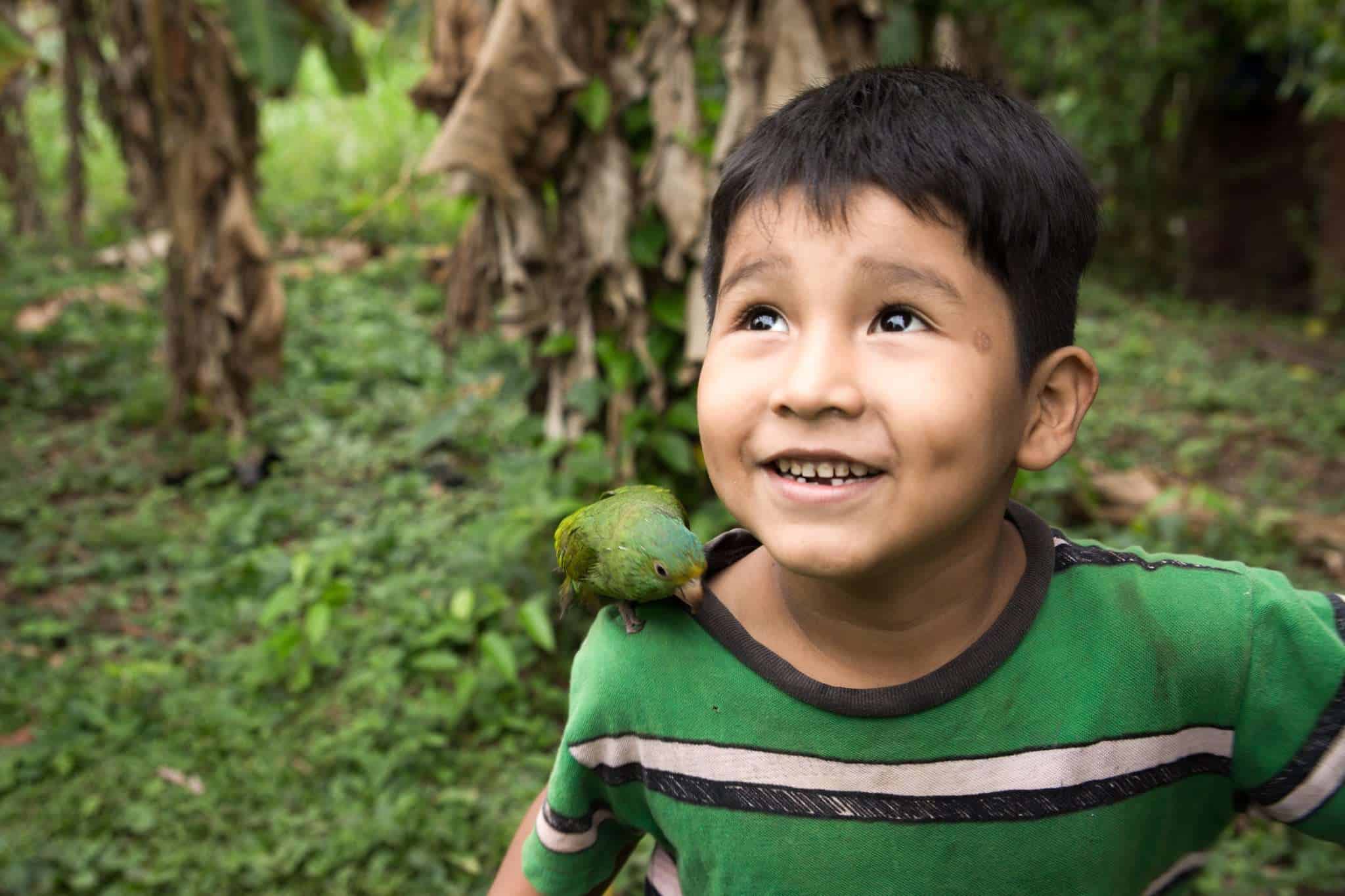
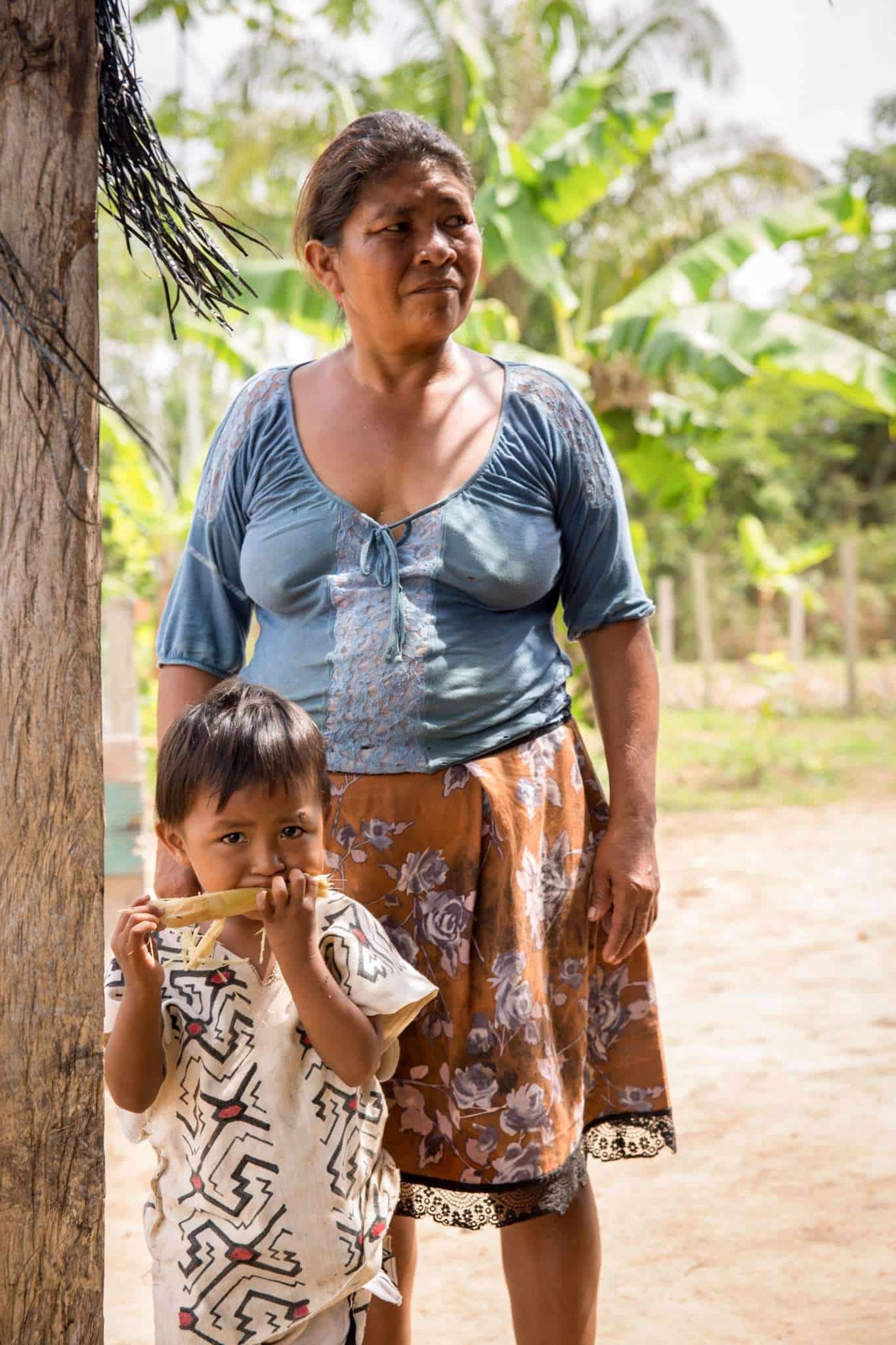
OUR WORK
Not For Sale has developed a scholarship program to provide housing, school fees, supplies and emotional support for vulnerable children in rural parts of Peru. We created community gardens in six schools to educate students, teachers and family members on the importance of proper nutrition, as well as promoting self-sufficiency. Not for Sale has developed fish farms to provide the community with clean nutrition, free from mercury poisoning (from gold mines).
We provide artisan training and small business workshops to hundreds of women in the Amazon, helping develop self-esteem while learning marketable trades and skill sets. This increases household income – shown to prolong schooling and reduce labor for their children.
To increase economic opportunity in the region, Not for Sale has supported the AFIMAD cooperative; nine indigenous communities that sustainably gather Brazil nuts from the Amazon. We have increased the value of their crop by paying for organic certification and commit to purchasing part of their harvest.
Our Impact In Numbers
In 2019, through Not For Sale Peru..
individuals received an education
individuals received job training
members of the local community served
individuals quality of life improved

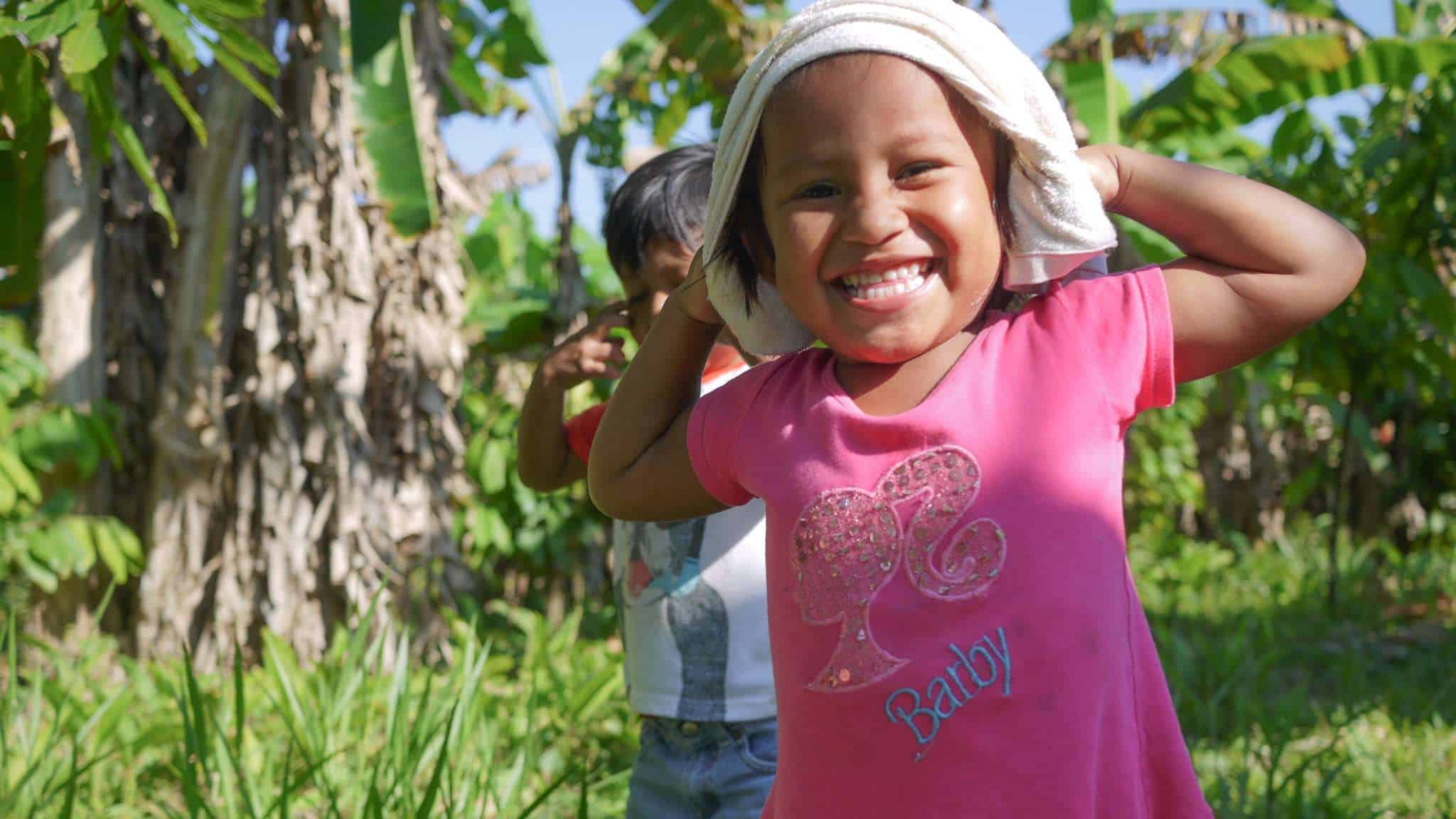
Peruvian young boy and girl playing in the grass.
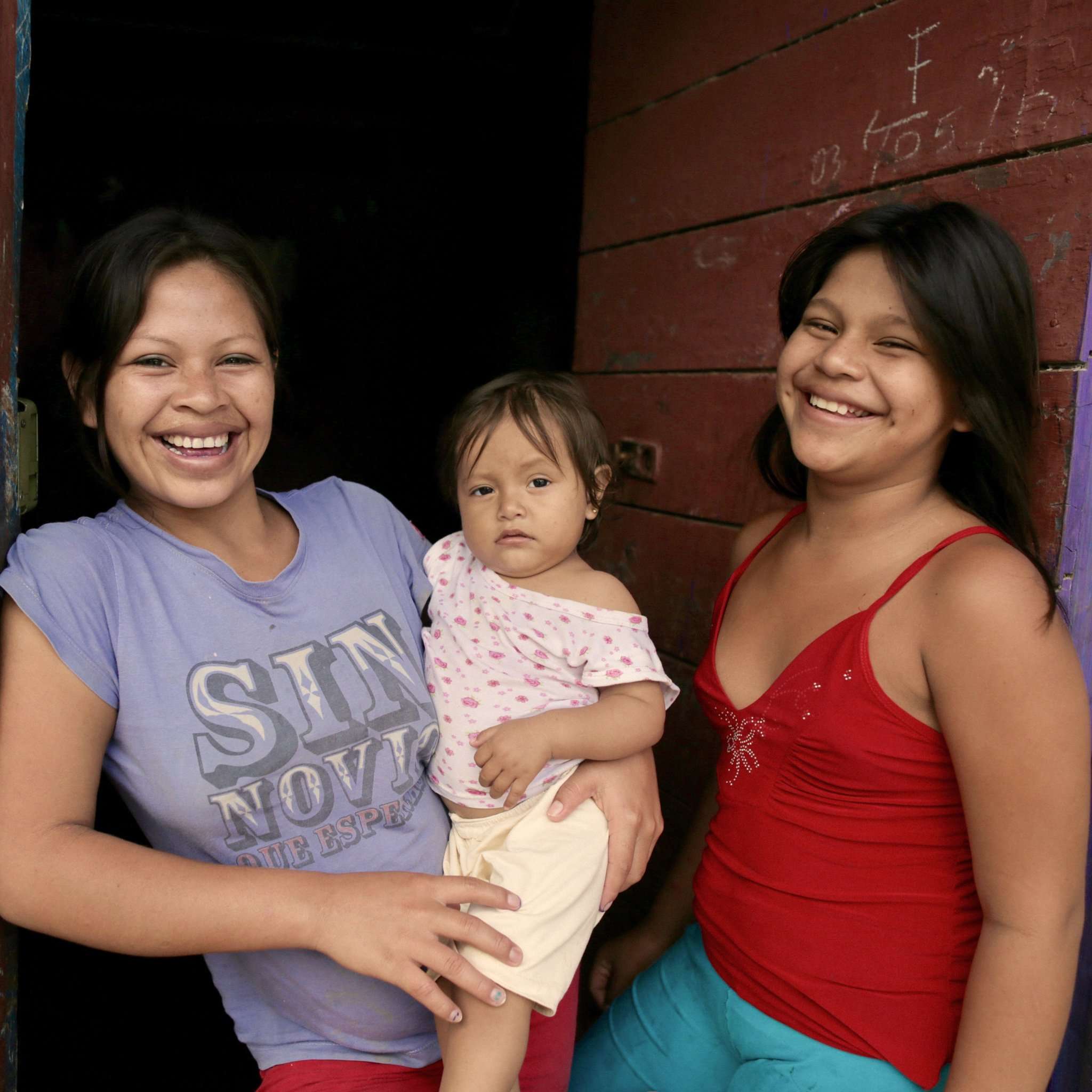
OUR CHALLENGES
The demographics of trafficking victims is approximated as – 86.2% female, 82.7% children, 75.9% trafficked for sex, 41.4% trafficked for labor. Labor-trafficking occupations are most often domestic work and nannying, or mining. The most common types of sex trafficking are street prostitution, brothel prostitution and sex tourism.

